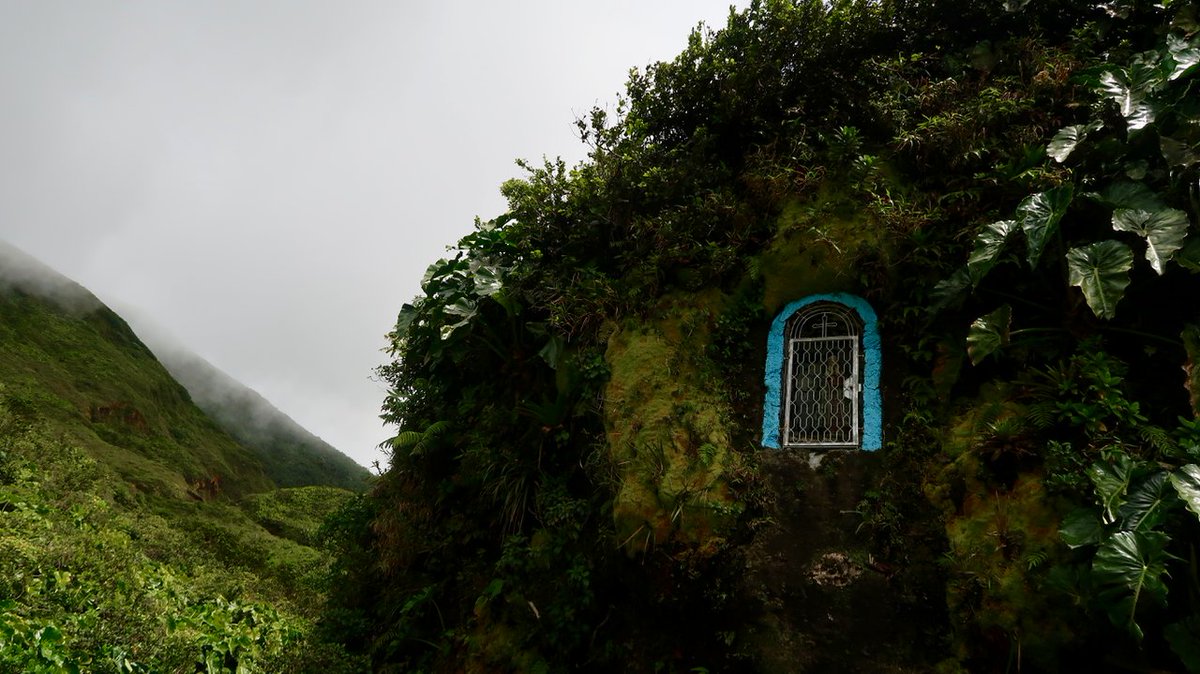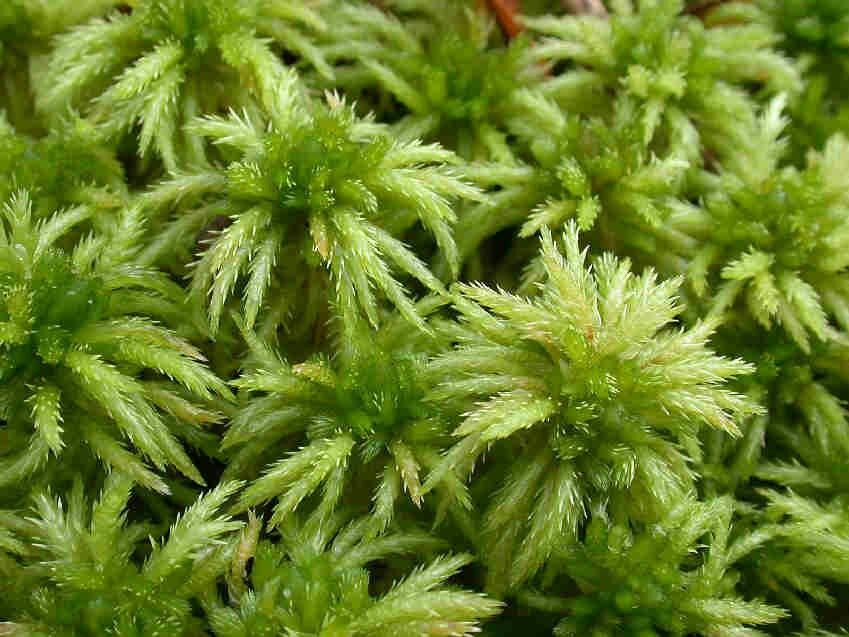
Big Run Bog, West Virginia. circa 1995
This is a true story, but also science legend. When bogs want to share their secrets, they delight with sunlight & spider webs glistening on wet stems, dragonflies feasting. But a bog can turn on you at any moment, as I learned. 1/
This is a true story, but also science legend. When bogs want to share their secrets, they delight with sunlight & spider webs glistening on wet stems, dragonflies feasting. But a bog can turn on you at any moment, as I learned. 1/

The drive was fueled by stories and big laughter from our guests. Approaching the rolling hills of West Virginia, the Czech scientists pressed their faces against the warm windows. We rolled into motel rooms eager to greet the morning. Such perfect field conditions we thought. 2/
Early morning realization- thick fog had settled in & I couldn’t see the field truck. It will burn off we said confidently. But there was no laughing as we hiked into the bog. Crunchy footsteps connected with frozen peat. It was a magical strange world draped in hoar frost. 3/ 

My boot broke the ice & I sunk to my knee. Then the other leg broke through. The peat laughed as I pointed my toes, straining to move forward. Bog walking requires ceding & giving respect to the peat. I passed the test, and was allowed to walk on the surface again, exhausted. 4/
Our sampling location brought rejuvenation, energetic chatter about where to core. It was still cold & damp, but we focused on the task, ignored all else. Perhaps we were too loud, too focused, didn't pay our respects. Remember this, there are lessons to be learned in the bog. 5/ 

Coring peat is destructive. We accept this in the name of science. This time we made mistakes. The surface was too soft, then the fine roots stopped the corer. We brought out long knives to conquer them, pushing elbows deep into the peat. But the bog had another play... 6/
The corer was deep in the peat now, victory was near. But there was resistance - a thick root we all agreed. We pressed on, it was getting messy, this struggle of people versus peat. I turned around, and the bog was still, quiet, in control. I turned back and faced chaos. 7/ 

Minutes passed and brought exhaustion. This root must be huge! And then a slow exclamation pierced my ears and radiated across the bog surface. The visiting Czech scientist exclaimed slowly and deliberately, "That is NOT a root….you are cutting my finger." 8/
Oh god, we were sawing through his numb finger. The bog sighed and released us. Human hormones overrode the cold. We abandoned the core and administered first aid. Could have been worse...will try again another time. We left humble, regretful, and more respectful than before. /9
A story can be both truthful and lore. It can speak to our hubris and how inconsequential we are. Science is powerful, but is no match against millenia of bog formation. In a game of us or the peat, you can skim the surface before sinking too deep to know the difference. /10
Thank you for reading & sharing this short bog tale! We can be exuberant about collecting information for science, but we must always be aware of our surroundings & natural history, & never forget to pay attention to small details that often are more important than we know. /fin 

• • •
Missing some Tweet in this thread? You can try to
force a refresh













